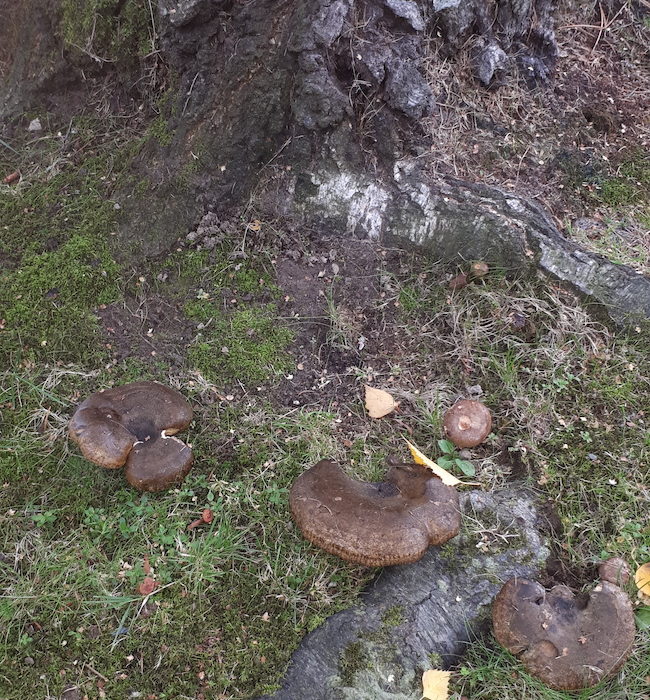How does Oakstead Conduct a tree health assessment?
Oakstead has a comprehensive process for a tree health assessment. The assessment is then split into 2 parts; an “abiotic” assessment, and a “biotic” assessment. Generally we look at the abiotic side first. Abiotic factors that we consider are things that are non-living; access to light, soil composition, drainage, toxicity, mechanical damage, etc. Then we look for evidence of insects and disease (biotic). Most insects and diseases exist at low levels all the time but most trees can resist them to some extent and will be fine if they are, otherwise healthy. But if a tree is weakened by one or more abiotic issues, it may become more vulnerable to biotic problems.
We study the tree’s history as well as the history of the site to gain better insight into common issues that may impact the tree. Vancouver Island has a special climate in Canada, and as such its trees are vulnerable to a completely different suite of issues than the rest of the country. This is why it’s so critical to find a certified arborist from the island who knows the details and nuance to assessing these trees. Often, a tree health assessment can take a long time because it’s harder to tell if a tree is healthy rather than sick. It’s easier to know a tree is sick, than to know a tree is healthy.
Common Issues
Below, you’ll find a short gallery of common issues trees face and a short assessment of them:
- When tree bark falls off it’s not a good sign, period. It may be as straight forward as an insect infestation or an environmental issue. It may be as finite as the tree is dying. We’d need to do a more thorough investigation into the area.
- Mushrooms and other fungi sprouting from the base of a tree often indicates rot. We’ll conduct a thorough investigation into the source of the potential rot. If we think the tree can be saved, which it often can be, we’ll provide medication and for the issue while removing the rotten area.
- These growths are called tree burls, and are caused by either stress or insect disruption. These can be dangerous as they may weaken the structure of the tree and eventually topple it. Removing the burl isn’t often a good idea because it become part of the integrity of the tree. We suggest trimming the canopy to ensure more stability.
- Leaf spotting generally isn’t a meaningful indicator of tree health, but it can be off-putting. Often it’s caused by fungi spores in the area that attach to the leafs and try to grow. These can often be easily treated by maintaining the area nearby.
- There are an infinite number of insects that can affect the tree’s health. This is a winter moth, they appear mainly between November and February. They cause defoliation which leads to killing the tree. The infestation can be treated if gotten to fast enough.







